Jump to Section
Planning a trip to Rwanda? The country offers two distinct dry seasons, ideal for exploring. During the long dry season from June to August, Kigali and Akagera National Park experience minimal rainfall.
City Guides Overview
Here’s a concise breakdown of the key highlights of various cities in Rwanda:
| City | Attractions | Cuisine | Cultural Highlights | Must-Do Activities |
|---|---|---|---|---|
| Kigali | Kigali Car-Free Zone, Kigali Golf Club, Kigali Genocide Memorial | Ugali, Brochettes, Isombe, Ibihaza (sweet potato) | Kwita Izina Ceremony, Rwanda Film Festival, Umuganura Festival | City tours, Kigali Genocide Memorial visit, shopping at local markets |
| Kigali | Kigali City Center, Inema Art Center | Samaki (fish), Samosas, Nyama Choma (grilled meat) | Kwita Izina Ceremony (baby gorilla naming), Kigali Up Festival | Hiking, exploring museums, dining at local eateries |
| Volcanoes National Park | Gorilla Trekking, Mt. Bisoke, Dian Fossey Tomb | Cassava, Plantains, Goat Meat | Kwita Izina (Gorilla naming ceremony) | Gorilla trekking, hiking volcanoes, bird watching |
| Akagera National Park | Wildlife Safari (lions, giraffes, elephants), Lake Ihema | Goat Meat Stew, Maize, Plantains | Local cultural dances, storytelling | Wildlife safaris, boat tours on Lake Ihema, bird watching |
| Nyungwe Forest National Park | Canopy Walk, Waterfalls, Chimpanzee Trekking | Banana Beer, Steamed Beans | Local community performances, crafts | Canopy walk, chimpanzee trekking, hiking trails |
| Lake Kivu | Beaches, Boat tours, Wildlife viewing | Freshwater Fish, Cassava, Ugali | Traditional village visits, community gatherings | Relaxing at beaches, boat tours, bird watching |
| Gisenyi | Volcanoes, Lake Kivu shores, Local Markets | Brochettes, Fried Plantains, Rice | Cultural exchange programs | Water sports, hiking, cultural experiences |


This period also provides excellent conditions for gorilla tracking in rainforests with better hiking trails and more wildlife sightings. Alternatively, consider visiting during the short dry season if your schedule allows less flexibility but still prefer favorable weather. Discover when you can fully enjoy all that Rwanda has to offer on your adventure!
Discover the Best Time to Visit Rwanda
The best time to visit Rwanda is during the dry season from June to September. This period offers light cloud cover, making it ideal for gorilla trekking. Travelers should plan well in advance as prices are higher and accommodations fill up quickly.
During this time, you can also experience cultural events like the Kwita Izina Ceremony in June or enjoy films at the Rwanda Film Festival in September. October through December marks a short rainy season with quick showers that clear up fast. Despite some rain, costs for permits and lodges drop significantly which makes travel more affordable if you’re okay with muddy trails.
Exploring Rwanda’s Climate Variations


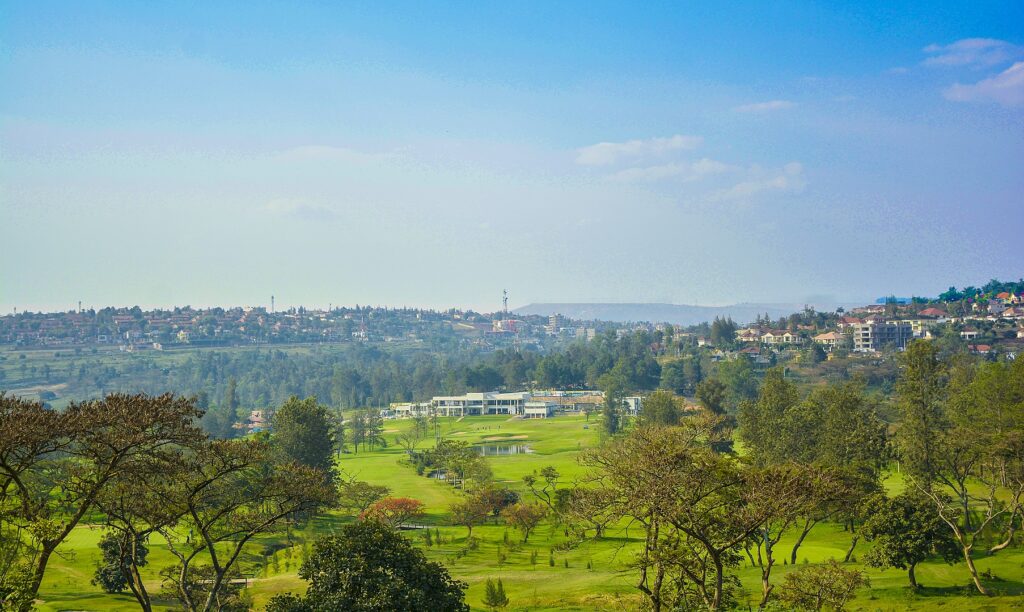
Rwanda experiences two distinct dry seasons and two rainy seasons. These climate variations significantly impact travel plans. The long dry season, from June to September, is perfect for visiting places like Kigali and Akagera National Park with minimal rainfall.
It’s also the prime time for gorilla trekking due to better trail conditions. The short dry season spans December through February offering less rain mainly in central Rwanda. Conversely, March to May sees heavy rains peaking in April making some regions hard to access especially forests.
October and November mark another rainy spell, albeit shorter but still substantial, impacting certain areas prominently. Planning accordingly enhances the trip experience immensely, ensuring memorable visitations throughout diverse landscapes while understanding these seasonal influences helps navigate optimal times.
Optimal Seasons for Wildlife Safaris


For optimal wildlife safaris, the dry season from June to September is perfect. During these months, animals gather around water sources making them easier to spot. Vegetation is also less dense offering clear views of the wildlife.
It’s best for gorilla trekking in Volcanoes National Park since trails are drier and manageable. Conversely, visiting during March through May or October and November can be challenging due to heavy rains which make paths muddy and sightings difficult. However some birdwatchers prefer this time as migratory birds arrive enhancing Rwanda’s diverse avifauna deeply observed at Nyungwe Forest National Park.
Visiting During the Gorilla Trekking Peak
Visiting during the gorilla trekking peak season, from June to August, offers ideal weather for hiking. The dry conditions make trails less slippery and easier to navigate. This period also coincides with Rwanda’s high tourist season due to its warm climate and reduced rainfall.
Additionally, visitors can partake in the annual Kwita Izina Ceremony held in late June or early July where newborn gorillas are named. During these months, booking permits well in advance is necessary as they quickly sell out because of heavy demand. Carrying light but comfortable clothing enhances your trekking experience amidst clear skies and stunning greenery.
Shoulder Season Advantages in Rwanda
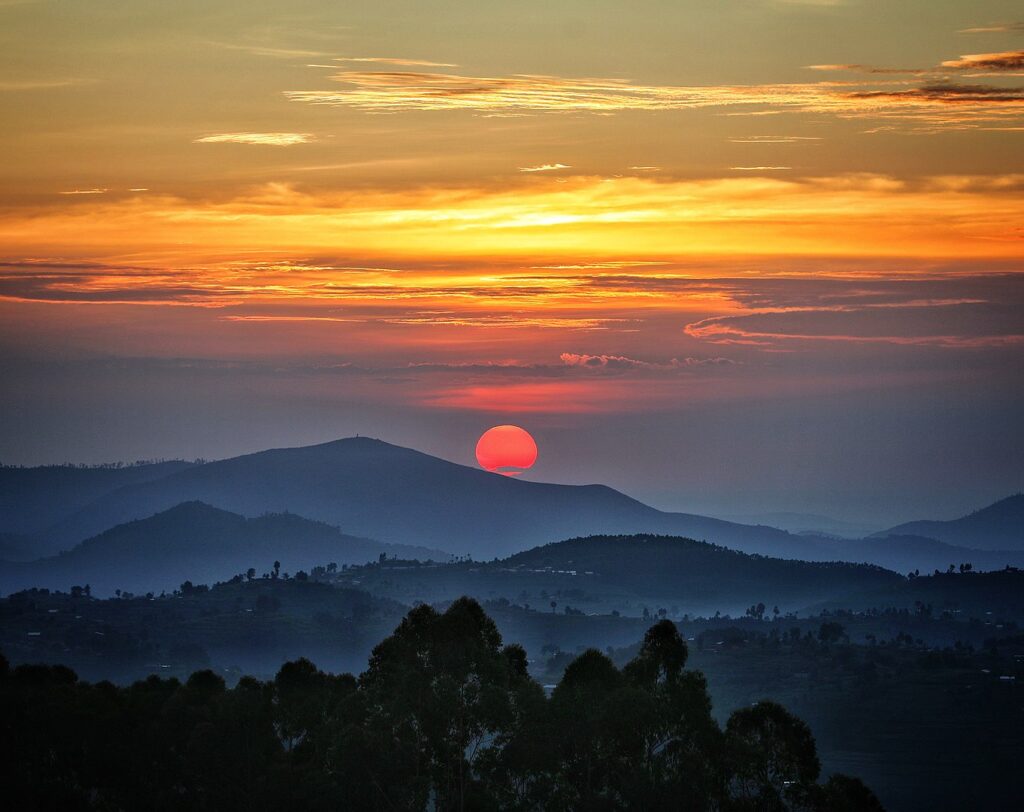
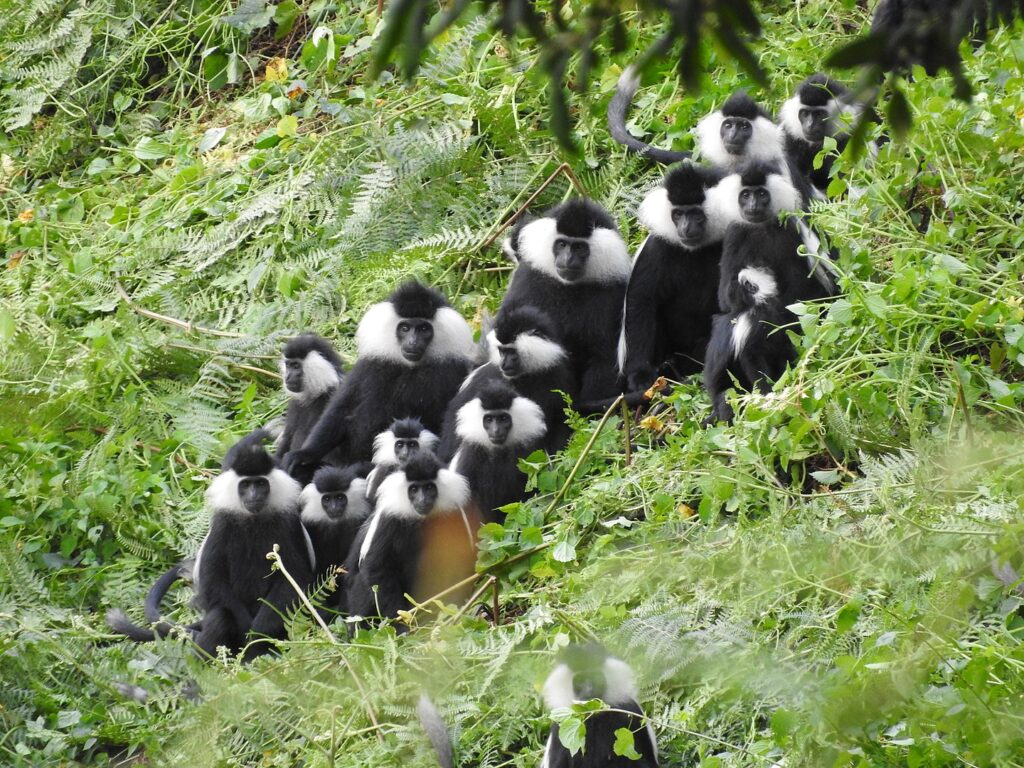
Traveling in Rwanda during the shoulder seasons—March to May and November—is highly advantageous. During these months, visitors experience fewer crowds at major attractions like Volcanoes National Park or Nyungwe Forest. Accommodations often drop their rates, making it easier to book top-tier lodgings without breaking the bank.
The weather is still mild enough for activities such as gorilla trekking or hiking but with less dense vegetation compared to peak rainy season. This allows wildlife watching similar ease found in dry spells but with added perks of tranquil settings and affordable pricing.
Avoiding the Long Rains: Travel Tips
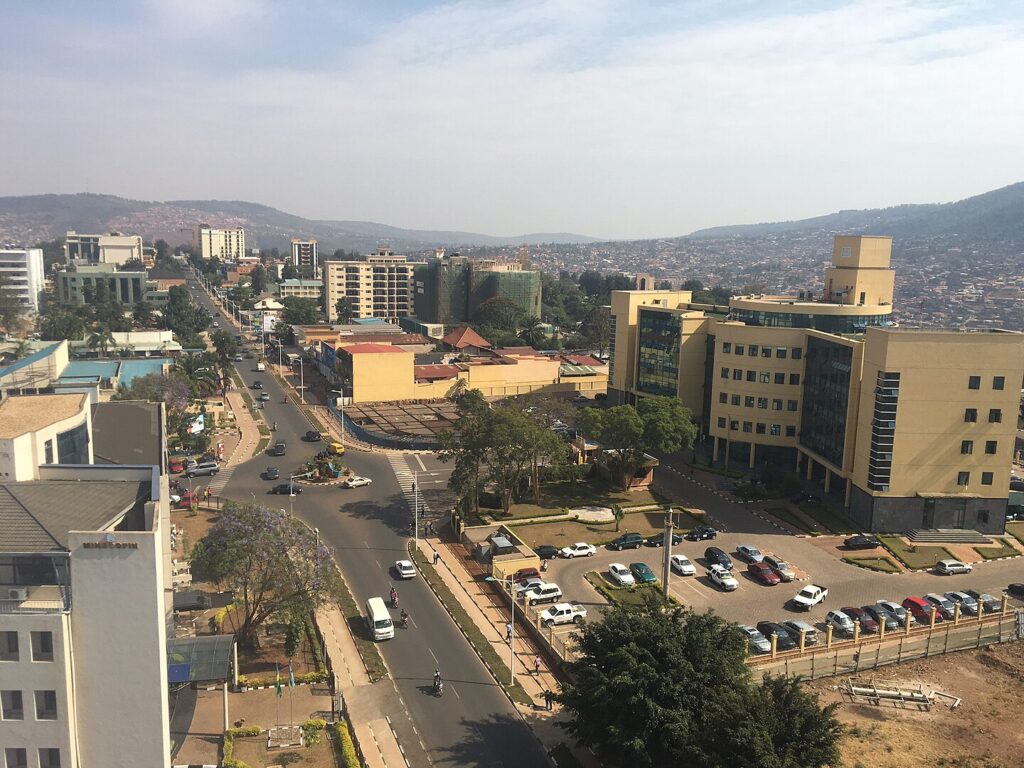
Bring a good raincoat and waterproof shoes. Rain can be heavy from March to May. Choose indoor activities on rainy days such as visiting museums or cultural centers.
Pack light but effective gear for wet conditions like quick-dry clothing. Book flexible accommodations that allow changes without penalties due to unpredictable weather shifts. Consider hiring local guides who know how best to navigate during the rainy season, ensuring safe travels.
Stay updated with real-time weather apps like Accuweather for immediate alerts. This information helps keep tourists prepared while enjoying Rwanda’s beauty despite occasional downpours in their trip planning process.
Experiencing Cultural Festivals and Events

In Rwanda, cultural festivals are vibrant and deeply rooted in tradition. The Kwita Izina ceremony is a must-see event where baby gorillas receive their names annually. Umuganura, the Harvest Day Festival, celebrates community and harvests with traditional dances and feasts.
Each September, Kigali Up! Offers music fans live performances featuring local talent mixed with international acts. In addition, Hobe Rwanda promotes peace through arts during its yearly festival held each October.
Attendees often find themselves captivated by colorful attire such as Imishanana worn by women or Igitenge fabrics seen across events—highlighting Rwandan culture’s rich heritage while fostering unity among visitors from around the world.
Enjoyable Outdoor Activities All Year Round

Enjoyable Outdoor Activities All Year Round
Rwanda’s diverse landscape offers outdoor activities throughout the year. Hike in Volcanoes National Park to see stunning views and wildlife. Visit Lake Kivu for fishing, swimming, or relaxing by its shores.
Nyungwe Forest provides canopy walks where you can explore treetops safely via hanging bridges. For birdwatchers, Akagera National Park is ideal with 500 species present all seasons. Mountain biking trails are available near Kigali offering scenic routes filled with nature’s beauty.
Local markets offer a glimpse into daily Rwandan life; unique handmade crafts make perfect souvenirs while interacting allows genuine cultural exchanges—making your visit memorable regardless of when you come!
Budget-Friendly Periods to Plan Your Visit
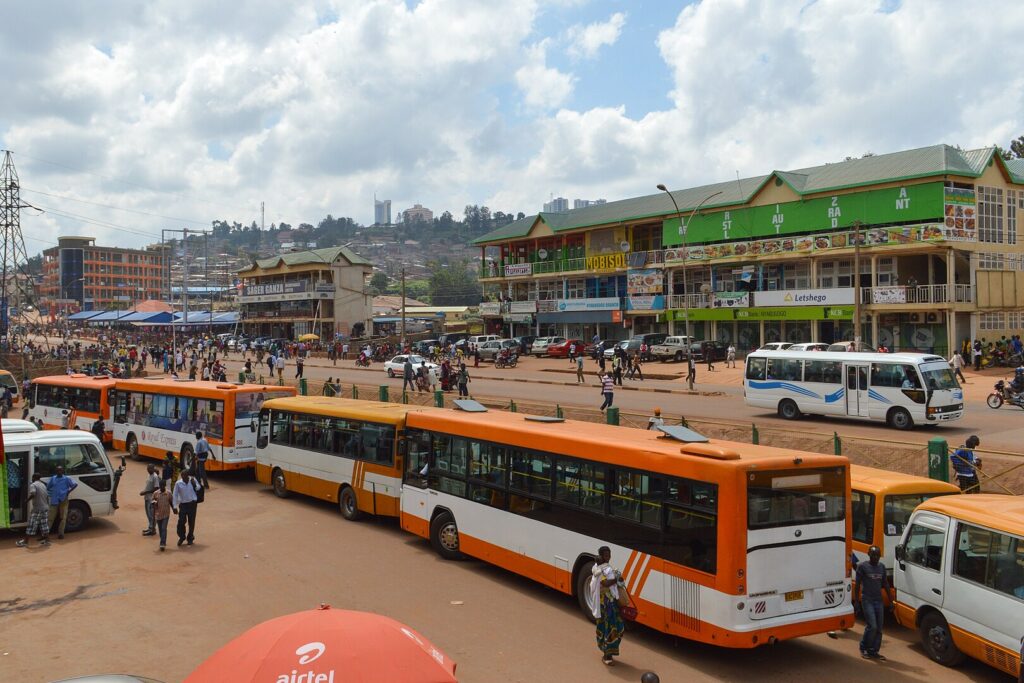

Travel during the rainy season for lower costs. Local transportation options save money too. Buses and motorbikes are cheap ways to move around Rwanda, connecting you easily to major destinations like Kigali or nearby borders with Uganda.
Affordable lodgings include hostels, guesthouses, and Airbnbs instead of luxury hotels. For food savings go local shop at markets or eat in small restaurants where meals cost less than high-end dining spots. Seek free activities such as hiking through hills and visiting lakes which offer wonderful experiences without spending much money on tours or guides making your visit both fun and budget-friendly.
Discovering Kigali’s Charm: Best Months
Discovering Kigali’s charm is best from June to September. These months offer dry conditions, making roads and pathways easier to navigate. Wildlife sightings increase during this peak travel time.
Many visitors enjoy clear skies and pleasant temperatures averaging 79°F in July. However, there might be occasional rain showers, so carry waterproofs just in case. The city comes alive with vibrant cultural events, including the famous Kwita Izina ceremony held every September when newborn gorillas are named.
Plan ahead and book early for better deals on accommodations, as prices can surge due to high demand.
The Magic of Rwandan Dry Spells


Rwandan dry spells offer unique travel experiences. During these periods, the weather is ideal for exploring national parks and trekking adventures. Gorilla trekking in Volcanoes National Park becomes more accessible as trails are less muddy.
Wildlife viewing at Akagera National Park improves since animals gather around water sources, making them easier to spot. Hiking expeditions through Nyungwe Forest become more enjoyable without rain hindering pathways or views from canopy walks. The shores of Lake Kivu attract visitors who enjoy clear skies perfect for lake activities like boat rides and bird watching.
These dry spells create a magical setting that enhances every aspect of your Rwandan adventure.
Rwanda’s Off-Peak Perks for Travellers
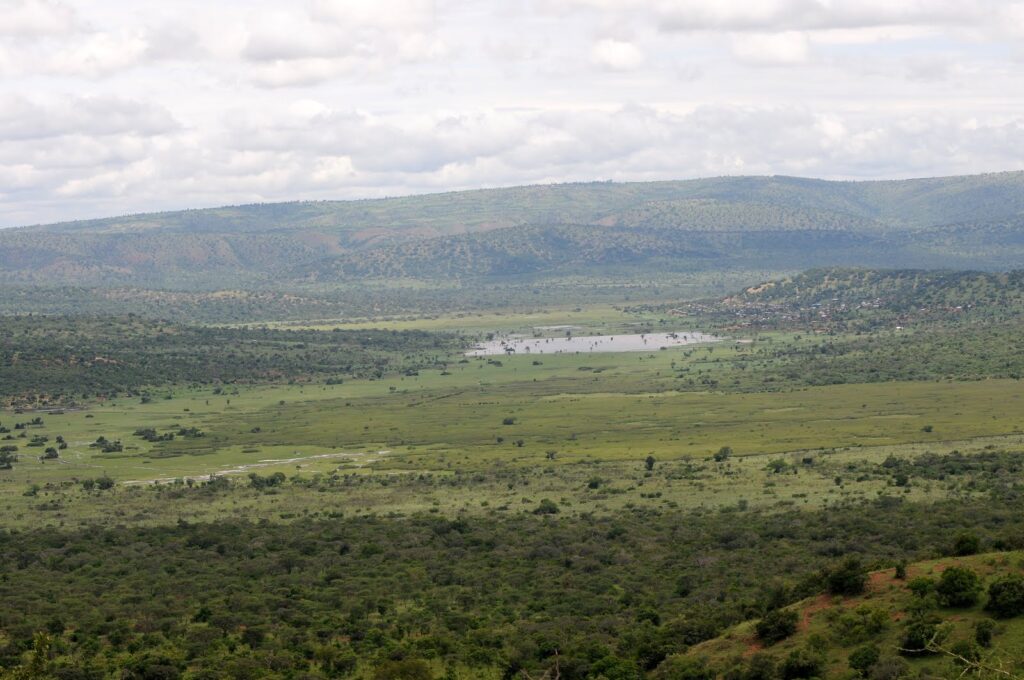

Travelers visiting Rwanda outside the peak tourist season enjoy numerous perks. Reduced crowds mean more personal and immersive safari experiences, allowing travelers to connect deeply with nature. Accommodation prices drop significantly; boutique lodges around Lake Kivu and Akagera often offer special rates during off-peak months.
The time spent at key attractions like Volcanoes National Park for gorilla trekking is extended due to fewer visitors, providing an unforgettable wildlife encounter without feeling rushed or crowded. In addition, local guides are more available, ensuring personalized tours tailored to specific interests such as birdwatching in Nyungwe Forest or cultural visits in Kigali.
Rwanda offers unforgettable experiences year-round. However, the dry seasons from June to September and December to February stand out as ideal for wildlife viewing. During these months, trekking through Volcanoes National Park becomes more accessible, allowing visitors a chance to see the famed mountain gorillas up close.
The weather remains pleasant with fewer rains disrupting travel plans. Regardless of when you visit, Rwanda’s stunning landscapes and rich culture promise an enriching adventure that leaves lasting memories in every traveler’s heart.
Discover a wealth of valuable travel articles by visiting our blog page, brimming with an abundance of tips, guides and inspiration for your upcoming adventures. Whether you’re in search of insider knowledge on unexplored destinations or seeking pocket-friendly advice to facilitate budget travel – we cater to every kind! Our wanderlust-inducing storytellers ensure that each journey is enthralling; curated collections take the reader on a voyage through hidden gems and invite them into their next unforgettable destination where they will be carried away by exploration.


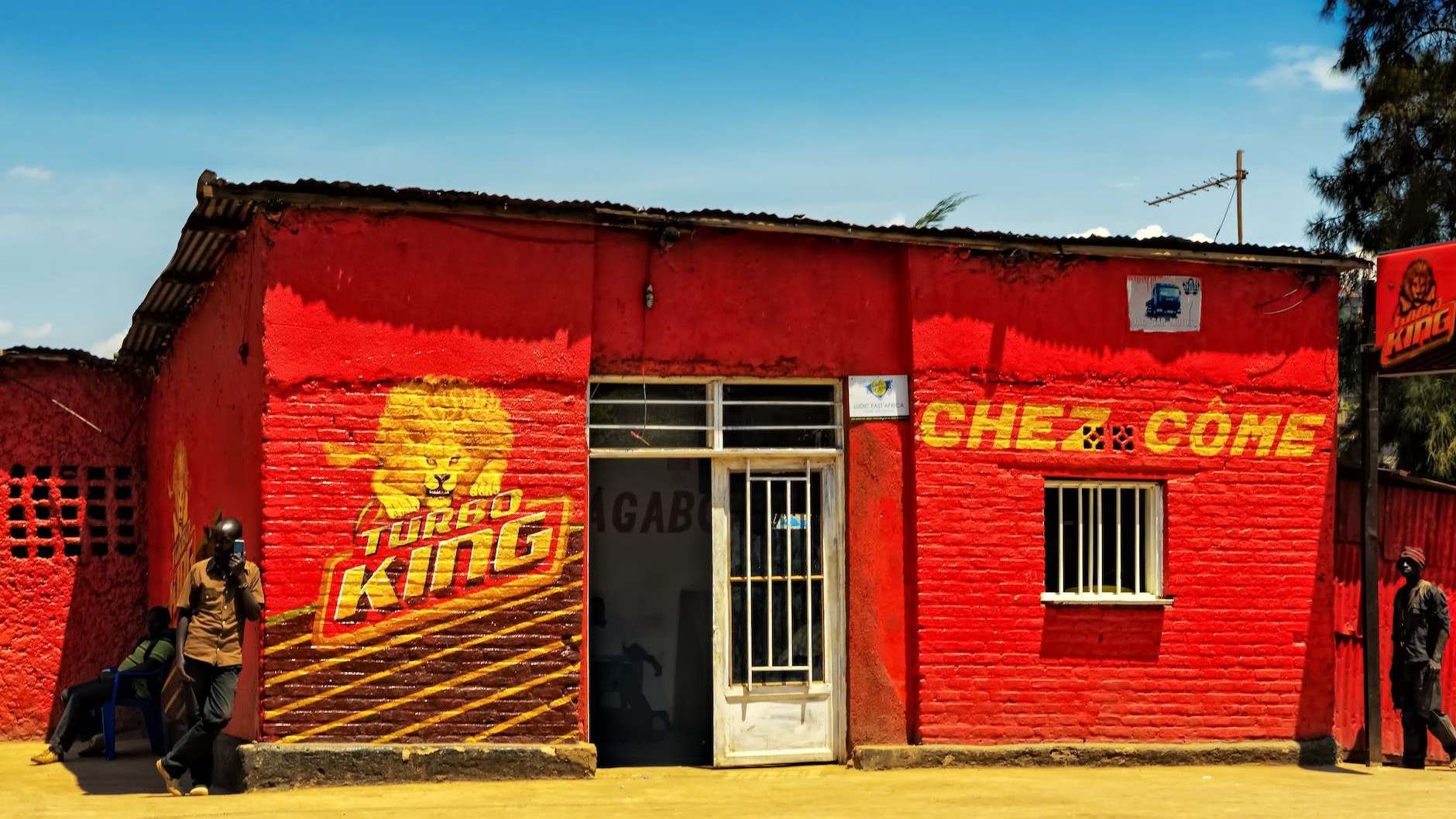


Leave a Reply